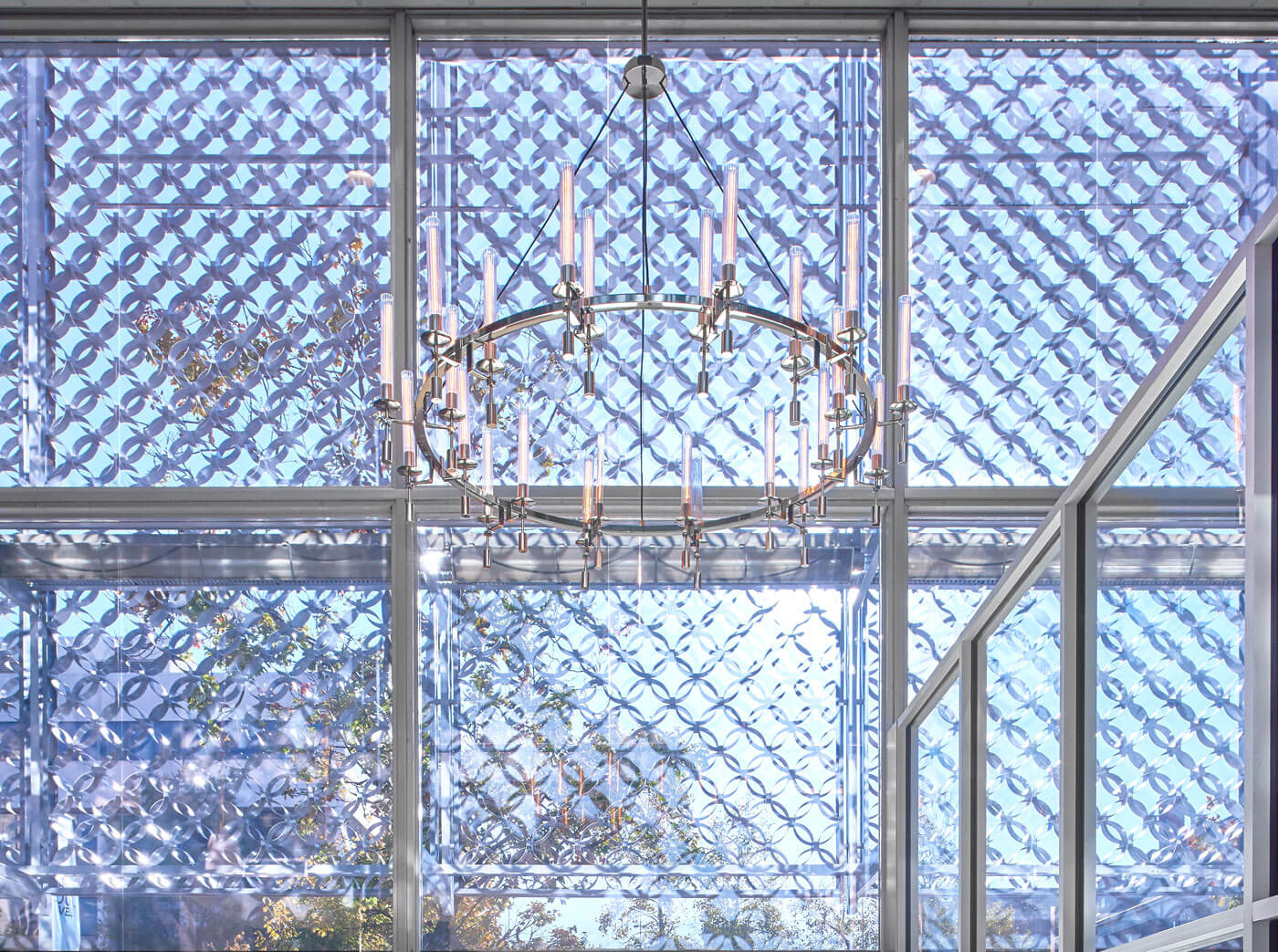
Complicated navigation is the number one rival to low bounce rates. You want your bounce rate to be low, as this means people are staying on your website instead of bouncing to a competitor’s site. In the marketing world, bounce rates typically fall into four categories:
- 26 – 40% bounce rate is excellent
- 41 – 55% bounce rate is average
- 56 – 70% bounce rate is higher than average
- > 70% bounce rate is very high, very bad
The lower the bounce rate, the better! Your bounce rate is directly related to how well your visitor can navigate your website. Your company could have a stunning website design, intriguing content, and highly sought-after products and services… but without simple-to-use navigation, your customers will leave your site.
A recent poll showed that 94% of website visitors said simple navigation was the most important element to a website. By ensuring your website has simple navigation, you are optimizing and respecting your visitor’s time. Beyond a happy website visitor, discover why simple navigation is so important to your website design:
Simple Navigation Boosts a Person’s Serial Position Effect
Did you know that the placement of your website’s navigation information can drastically affect your website’s bounce rate? This can be partly attributed to a psychological concept called the Serial Position Effect. According to the APA Dictionary of Psychology,
“The effect of an item’s position in a list of items to be learned on how well it is remembered. The classic serial position effect shows best recall of the first items from a list and good recall of the last items, while the middle items are less well recalled.”
When considering the Serial Position Effect and your website’s navigation, it’s vital to put important information at the top and bottom of a website to increase the user’s likelihood of exploring your website. According to the Effect, if you place important information in the middle of the webpage, it’s less likely to be read or remembered. That’s not to say you shouldn’t have high-quality, intriguing content on every page of your website! But, the information and links that seemingly say, “Hey! Click on me!” needs to be at the top and/or the bottom of your website.
Simple Navigation Contributes to the Overall Design
When a potential customer visits your website, you have mere seconds to impress them with your overall design and encourage them to click on your navigational menu. One of the ways you can encourage them to explore your site is to make sure your navigation bar is easy to find. It is most common for a navigational menu to be placed horizontally across the top of your website or placed vertically down the left side of your website. If your website visitor has to search for your navigation menu, it’s more likely that they’ll exit out of your site and search elsewhere for a solution to their problem. Does your current navigational menu boast these attributes?
- Clean
- Organized
- Short
- Standardized
- Uncluttered
If not, you may be losing out on potential customers simply because they don’t want to spend the time figuring out your website’s navigation.
Simple Navigation Maximizes Purchase Opportunities
When your website’s navigation is uncluttered, your website visitor has more time to spend exploring your products and services, discovering what your company is all about, making purchases, or scheduling services! It’s vital that your navigation bar displays clear and concise categories to easily communicate with your visitors exactly what you can offer them. For example, consider M&R Marketing’s website. With a click of a button at the top of our website, our navigational menu opens, and you can see information about our company and everything we offer – about, services, our work, careers, resources, contact, and links to our social media platforms. It’s a comprehensive list that can get our website visitor anywhere they want to go in 3 clicks.
Especially if you have an online shop, you want your potential buyer to get to your product page within 3 clicks. You need to minimize shopping cart abandonment, and a proven way to do that is by having stellar website navigation. If you haven’t already, make sure to read our blog series about eCommerce websites:
- Part 1 – 6 eCommerce Website Design Features that can Increase Sales
- Part 2 – How to Create a Stress-free Shopping Experience on Your eCommerce Website
- Part 3 – 5 Critical Mistakes to Avoid in Your eCommerce Website
Partner with M&R Marketing!
Our team obsesses over website designs, simple navigation, intriguing content, and the like. We’re proud to create successful websites that optimize our client’s success. Check out our portfolio here, then give us a call with your questions: 478-621-4491
Stay tuned for parts three and four of our website design marketing series:
- Part 1 – 3 Website Design Elements that Your Client Expects to See
- Part 2 – Why Simple Navigation is a Must in Your Website Design
- Part 3 – How Informative, Well-Written Content Optimizes Your Website Design
- Part 4 – Why Your Website Design Must Be Mobile-Friendly & Responsive

